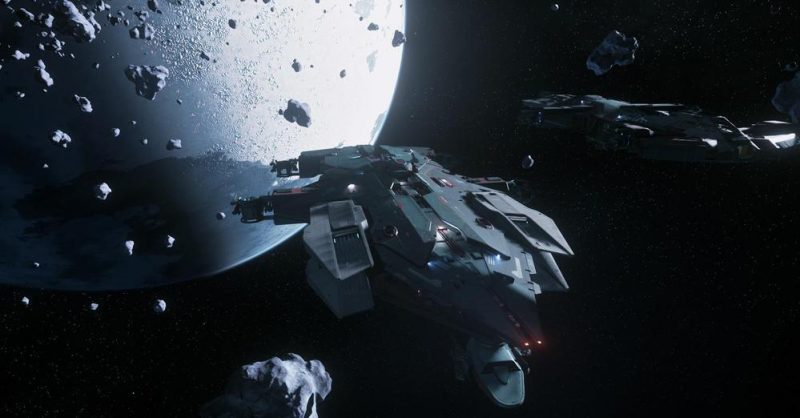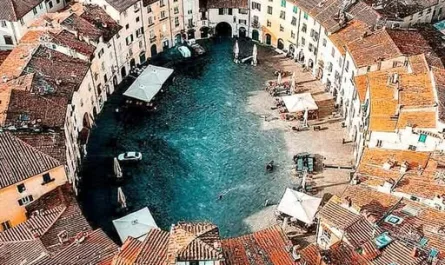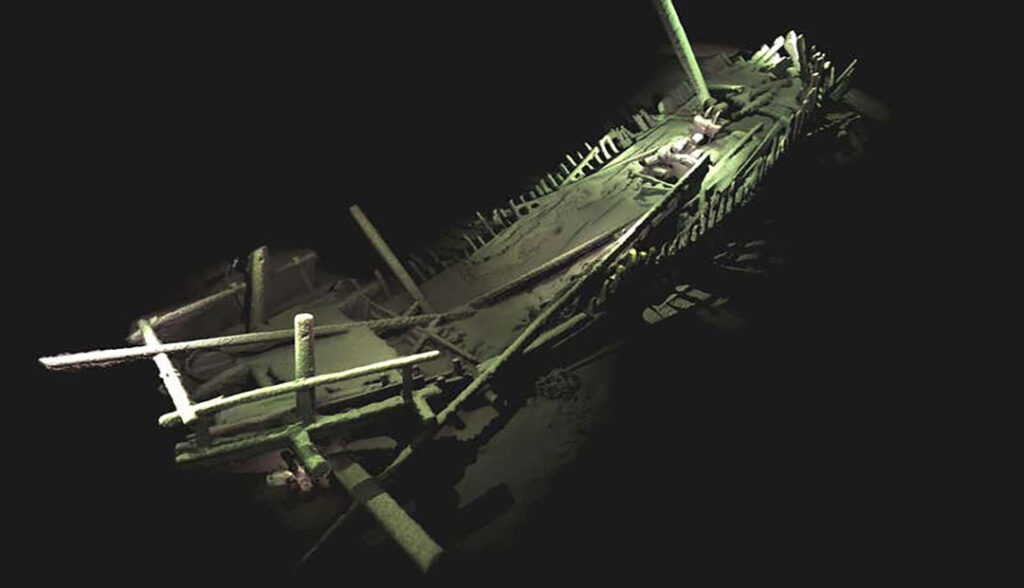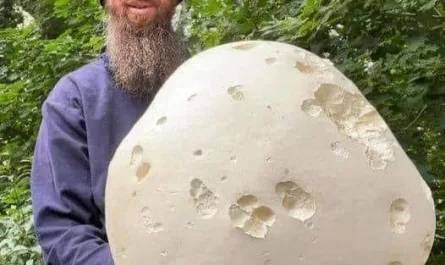The Arion Mosaic at Villa Romana del Casale: A Roman Masterpiece
Nestled within the sprawling ruins of the Villa Romana del Casale in Piazza Armerina, Sicily, a large Roman mosaic from around 300 CE vividly depicts the Greek legend of Arion, the famed poet of Corinth. This exquisite artwork, part of one of the best-preserved villa complexes from the late Roman Empire, showcases the fusion of Greek mythology with Roman artistry. As a UNESCO World Heritage site, the villa and its mosaics, including the Arion scene, continue to captivate visitors and scholars with their intricate detail and historical significance as of July 2025.
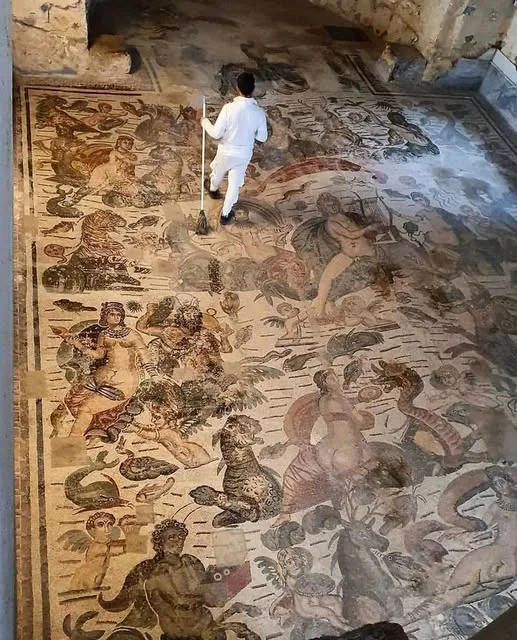
Historical Context
The Villa Romana del Casale, likely built in the early 4th century AD during the reign of Emperor Maximian (286–305 CE), served as a luxurious retreat for a wealthy Roman landowner, possibly a high-ranking official or senator. Located in central Sicily, the villa’s strategic position near trade routes and fertile lands supported its opulent lifestyle. The mosaics, laid by skilled North African craftsmen, reflect the Roman penchant for incorporating Greek myths, with the Arion mosaic gracing the floor of the triclinium (dining room).
Arion, a legendary 7th-century BCE poet and musician from Corinth, is celebrated for his lyre-playing and a dramatic tale of survival. According to myth, after winning a musical contest in Sicily, he was robbed by sailors who cast him into the sea. Saved by a dolphin enchanted by his music, Arion rode the creature back to land, a story immortalized in this mosaic. The artwork’s creation around 300 CE aligns with the villa’s peak, before its abandonment in the 12th century following Arab invasions and earthquakes.
The Mosaic’s Design and Craftsmanship
The Arion mosaic, measuring approximately 7 meters by 5 meters, is a stunning example of Roman opus tessellatum (tesserae work) using small, colored stone and glass cubes:
- Central Scene: Arion is depicted riding a dolphin, his lyre in hand, with flowing hair and a triumphant expression. The dolphin, detailed with scales and a dynamic pose, leaps from stylized waves, symbolizing his miraculous rescue.
- Surrounding Elements: The composition includes marine motifs—fish, octopuses, and sea horses—framing Arion, with a border of geometric patterns and floral designs typical of Roman mosaics. The use of green, blue, and white tesserae creates a vibrant underwater effect.
- Artistic Technique: Crafted with over 1.5 million tesserae, the mosaic employs a technique of fine shading (opus vermiculatum) around Arion’s figure, enhancing depth and realism. The North African influence is evident in the bold color palette and intricate detailing, a hallmark of the period’s luxury villas.
The mosaic’s placement in the triclinium suggests it served as both decoration and a conversation piece, reflecting the host’s cultural sophistication during lavish feasts.
Cultural and Historical Significance
The Arion mosaic blends Greek mythology with Roman identity, a common theme in imperial art. Arion’s story, recorded by Herodotus and later Roman writers like Ovid, symbolized the power of art and divine intervention, resonating with the Roman elite’s appreciation for Greek culture. The villa’s mosaics, covering 3,500 square meters, also depict scenes like the “Great Hunt” and “Bikini Girls,” showcasing a range of themes from mythology to daily life.
The villa’s wealth and the mosaic’s craftsmanship indicate it belonged to a patron with ties to Rome’s administrative or military elite, possibly linked to Maximian’s court. Its preservation under a landslide and subsequent layers of earth protected it from looting, making it a rare surviving example of Roman domestic art.
Preservation and Visitor Experience
Designated a UNESCO World Heritage site in 1997, the Villa Romana del Casale has undergone extensive restoration since its rediscovery in the 19th century. The Arion mosaic, uncovered in the 1950s, was conserved with protective roofing installed in the 1990s to shield it from weather. As of July 2025, the site is managed by Sicily’s cultural heritage authority, with ongoing efforts to stabilize the mosaics using non-invasive techniques like laser cleaning.
Visitors can access the mosaic via elevated walkways, with entry fees of €10 for adults and €5 for concessions. The site is open daily from 9:00 AM to 6:00 PM, with guided tours available in multiple languages. Posts on X highlight its “jaw-dropping detail” and “mythic vibe,” though some note the summer heat as a challenge. The villa’s remote location, 5 kilometers from Piazza Armerina, adds to its allure as a hidden gem.
Challenges and Future Prospects
Preservation faces threats from humidity, seismic activity in Sicily, and tourist traffic. Recent rains in 2024 prompted temporary closures for drainage improvements. Future plans include expanding virtual reality tours to reduce physical wear and partnering with European universities for advanced imaging to study tesserae composition.
Conclusion
The Arion mosaic at Villa Romana del Casale, crafted around 300 CE, is a masterful depiction of the Greek poet’s legendary rescue, blending mythology with Roman luxury. Its intricate design and historical context reflect the cultural richness of a 4th-century Sicilian villa, preserved through centuries of neglect and rediscovery.
